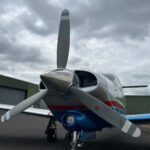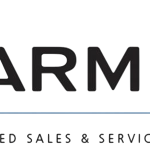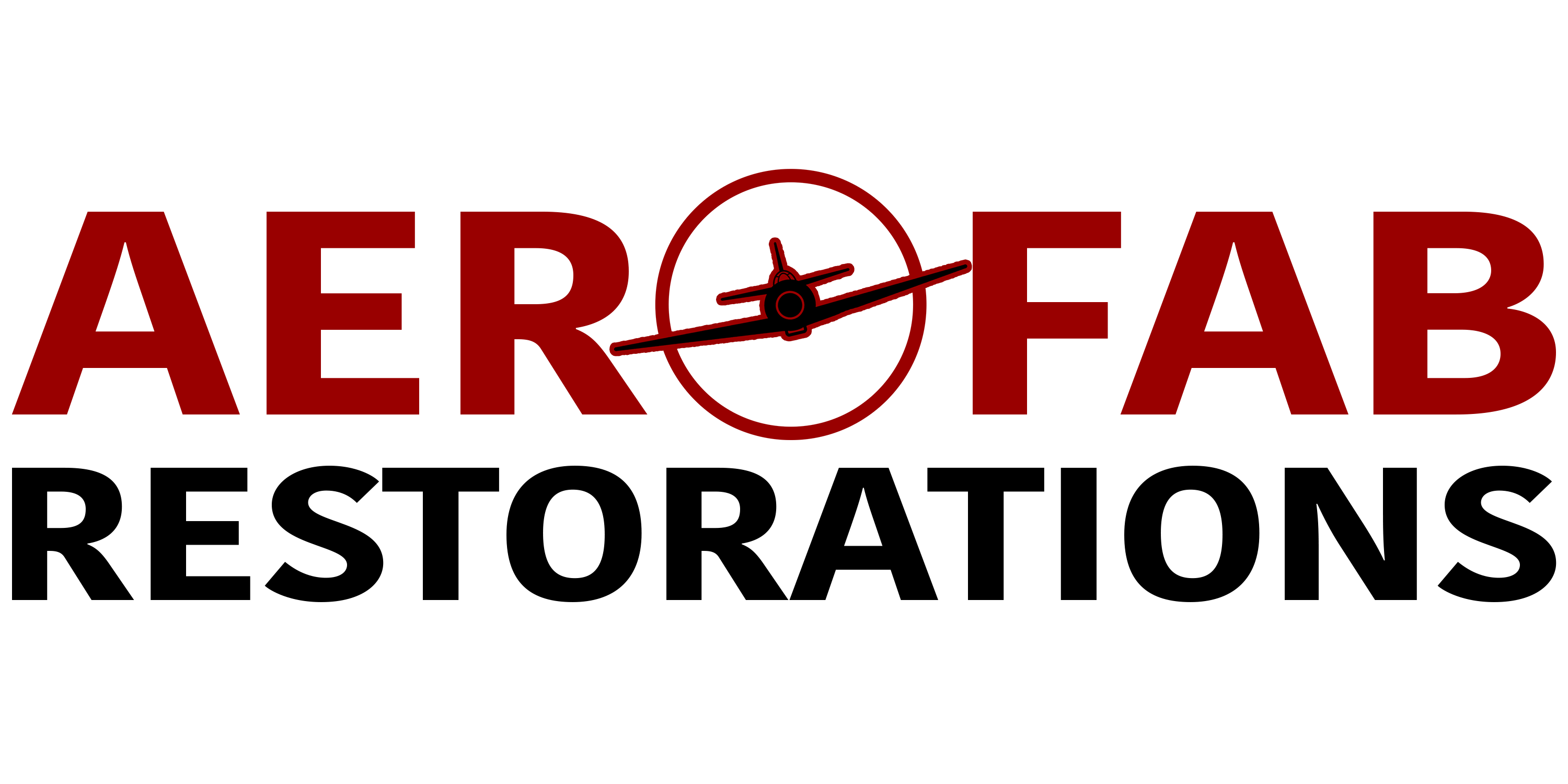
Piper PA28 Turbo Arrow For Sale
July 12, 2024
Garmin Offers End August 31st 2024
July 19, 2024AOG Recovery - the basics
Its 1 o'clock on a Tuesday afternoon in July, a time of year when you would expect the weather to be warm, the sky blue and the summer sun to be beating down, but no. It's overcast, its cold enough that hoodies are needed and to make things worse its just starting to rain in Perth Scotland.
We're here to recover an aircraft that has suffered a prop strike. The experts at Recovair will ship it over the ground by lorry to Thruxton in Hampshire, but first, the aircraft needs to be readied for transport.
First, though, let's start with the back story of why we're here. The aircraft, had a prop strike, which "shocked" the engine. This may not sound serious, but it is. Although the gearing at the propellor end of the engine is relatively low, at the other end of the lump, we find the Magnetos and other delicate bits of kit, which are geared much higher and, therefore, placed under much greater stress from incidents like the sudden slowing, or stoppage of the engine. With an incident like this, the aircraft can not be flown until the Propellor and engine has been removed, inspected, repaired and properly re-built by certified engineers.
As you will know, engine replacement in aviation is costly - eye wateringly so in most cases, especially if the insurance does not cover the cost of such damages. This, in part, is why we find ourselves on this breezy, wet airfield. The aircraft was underinsured, and, therefore, written off. It was bought from the insurance company by an owner who was willing to put in the time, effort, and finances to fully restore the aircraft back to its factory condition.
Before we go any further, if you're an aircraft owner, it might be worth checking right now, does your insurance cover the cost of replacing the engine? Is your prop covered? Do you have AOG recovery listed in your schedule? Ground recovery could run into the many thousands of pounds for UK to UK transport, considerably more if you're in Europe or The Channel Islands. In short, does your premium properly cover the value of your aircraft and out-of-pocket expenses?
Right, down to the nitty gritty of things. The process of recovery.
It all starts weeks before the recovery begins. There is a not insignificant amount of paperwork to do, with both the insurers and the CAA, then there is arranging an AOG recovery service - we use Recovair usually as they're based near Aerofab Restorations in Thruxton.
Once everything is arranged, a team of engineers makes their way to the aircraft up to 2 days ahead of the recovery lorry, where the dismantling begins.
First the interior is removed, we need to get to the control cables, fuel lines and electronics that run through the fuselage and into the wings. We do this first as usually it can be done in the hangar, in relatively warm and mostly dry conditions. While this is going on, the propellor is removed, and in the case of a variable pitch system, oil is drained down.
Then, when these jobs are completed, the aircraft is pushed out of the hangar, and the fuel tanks are drained - the fuel is then disposed of using a fuel recovery and disposal agent. This often costs more than the value of the fuel, so it's something to be mindful of. Now the tanks are empty, we can begin the process of removing the wings - starting with the fuel lines, electronics, pitot piping, control cables, etc. all disconnected and all bolts, nuts and washers are carefully bagged, labelled and stored for transit.
Generally, this is a slow process; we don't rush as the aircraft needs to be put back together again following its complete inspection. It takes about a day to get a small PA28 to the point where the wings can be removed.
Day 2, (after a rather lovely curry in Perth) and its wings off day. Our Recovair expert Tim will be with us around 10am. Once the aircraft is along side his lorry, he takes over and runs the show.
The plane is strapped up and slowly lifted so as the oleos are fully extended and the wheels are just touching the ground. While one engineer holds the securing rope to stop the aircraft swinging in the wind, two others carefully remove the final wing bolts and release the wing spas. With the wheels still attached, the wings can be "wheeled" to the trailer flatbed and manoeuvred into place, before being strapped down.
Once both wings are removed, the fuselage is slowly, VERY slowly hoisted onto the trailer and secured into position, usually through the wing-spa mounting points, as this is the strongest part of the aircraft.
The AOG team then drives the aircraft to its next destination, which in this case is the Aerofab workshop in Thruxton. The drive from Perth can't be completed in one day, so Tim, the driver, spends two nights away from home, sleeping in the cab and driving when his hours allow.
The aircraft is due to be fully restored, with a new paint job (we're thinking pink decals on this one, we'd be pleased to hear what you think) new propellor and a fully re-conditioned engine. Keep following our posts as we update you on the progress of this recovery and restoration.
Aerofab Restorations are based in Thruxton, just west of Andover on the A303. We're experts in maintenance, repair, restoration and upgrades of aircraft and are proud to be the south-coasts leading Garmin dealer and service centre.




